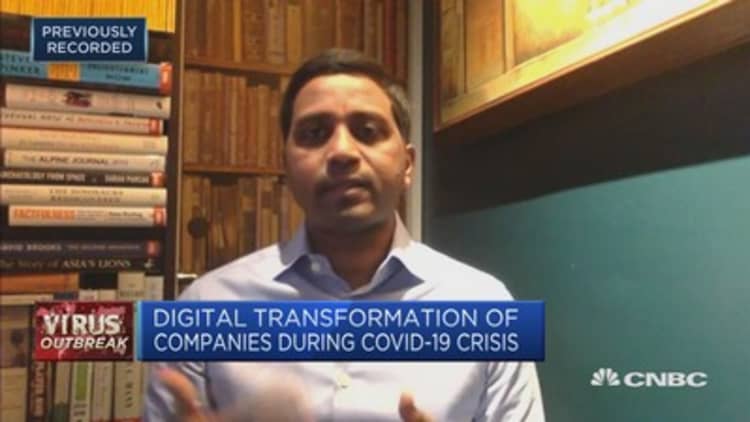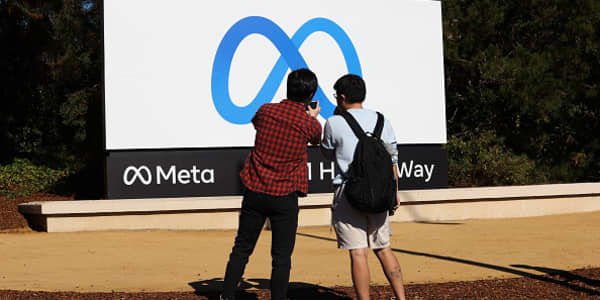Due to Covid-19, many organizations, both large and small, have now had their entire workforce working remotely for months. Still others have reduced or eliminated teams and decreased productivity due to significant gaps in the global supply chain or the physical limitations of their facilities to accommodate social distancing. We just successfully navigated what is arguably the most significant workforce pivot in modern history, but, rather than having time to rest on our laurels, we are now facing the requirement to maintain this new "emergency mode" for weeks and months to come.
Now, we are all living off of whatever business continuity plan we built for ourselves. Granted, my plan involved a little more "lightning strikes the data center" and a little less use of Zoom. But regardless of our best-laid plans, we've had to take resources and reapply them, innovate with what we have, and build quick roadmaps to account for this new world. And now, we're in the second phase of remote work – the part where we re-tool our companies and ourselves to not only survive but to sustain and to thrive in the weeks and months to come.
If you are anything like me, you've been fascinated with tracking work patterns and productivity in the past few weeks and may have noticed that people have changed from their "old way" of work. You may have started considering different technologies to enable better collaboration. And you may have begun to notice the more important role that people and their preferences play in this new work-from-home culture. Just like you, I don't know what is ahead of us in the months to come. But I do see some instructive trends. Here's what we've done at Nutanix to connect the dots between our new virtual normal and what happens next.
We're enabling virtual offices with optionality
If my mission prior to this pandemic was to use technology to enable employees to be productive – now it's that plus taking into account the effect of chaotic and lonely home environments on employees' ability to concentrate, to engage and to produce.
In the first week after we began remote work, we marked an almost 40% reduction in our standard productivity measures (CRM usage, code check-ins and the like). This was partially due, of course, to the chaotic nature of establishing new routines in our home environments and the natural challenge of context-switching. By the second week, however, we had recovered significantly, but we held steady at a 15% productivity decrease overall.
In IT, we began doing what I can only describe as "social experiments" — implementing different types of virtual offices with different groups. For example, we allowed individuals to set their own work hours (sometimes in multiple shifts), build breakout workspaces with different rules, move to a more agile model of work management, as well as experiment with different organizational group set-ups. Productivity ranged for each of these different types of work and for different team members. At the same time, the pandemic's societal and psychological effect increased week over week, with schools and daycare shut down, growing supply chain challenges, horrific health impacts and significantly negative economic shock waves.

But along the way, we noticed something rather extraordinary. By enabling a truly employee-driven mixed mode of working, our productivity not only continued to increase, but it began to surpass pre-pandemic levels. Today, in this "hybrid mode", we're holding steady at a near 10% increase in our baseline productivity, and we're measuring higher operational quality overall. And after measuring NPS, we've found that our global employees are very happy with the flexibility, optionality and consumer-tech-like integration that we've enabled. Our internal NPS scores are measuring in the 90's.
We're equipping employees with innovative technologies
For us, creating the capacity to innovate largely depends on our ability to enhance our technology functions with machine learning and automation. For example, before this crisis, we began using Simpplr, an employee communication and engagement platform, to help employees find information quicker. When testing the platform, we found a 50% increase in efficiency when individuals searched for onboarding materials. Such time savings can quickly add up across our entire team and, I believe, will make the difference between just surviving, or thriving during these challenging times.
In addition to offering our employees the choice of Zoom or Google Meet for collaboration, we're also responding to our employees' concerns about an inability to sustain focus in their multi-threaded home environments. To help employees cope, we are delivering new tools to help them re-connect, work across geographies and functions, and stay on task. One of my favorites is Huddl.ai, an innovative start-up in the collaboration space that has a unique offering. It reminds me a lot of Slack (which we also use company-wide) in the way that it centralizes teams and topics to a single dashboard focused on each employee. It helps organize meetings and agendas and track action items in a much more organized and efficient manner than we human beings do. The goal of the tool is to conduct more efficient meetings, reduce meeting times and help track actions.

Another tool is X.ai, which connects with internal calendars and coordinates the best time to meet with external guests with their unique geographic and personal scheduling requirements. It also provides a link for external guests to schedule a meeting based on a participant's internal calendar free/busy availability. We're excited about X.ai's potential for solving the issue of respectful and equitable meeting planning with both internal and external participants — such as those of us who have to manage our kids' online learning requirements with our own work schedules.
The collaboration space is experiencing massive disruption these days, and our IT team has been actively looking over the horizon to streamline communication and enable our employees and our company to be more productive and efficient.
We're elevating employee preferences to unleash productivity
We've noticed the personalization and uniqueness of individual home office set-ups making a positive impact. A Slack conversation started by one of our senior directors began a landslide of posts from employees around the world, proudly showing pictures of their newly-created home workspaces. Prior to this, we spent corporate resources on getting people situated comfortably with technology at the office – such as spending significant sums on cheerful lighting, uniform colors and large monitors. As it turns out, people are interested in a wide range of set-ups, and, as is true in my case, they sometimes don't include a desk and a 36" monitor. For us, I think the takeaway is that helping people to work productively requires having more respect for the human differences that make us unique.
I can't see the future of global commerce, and I can't forget the past. But in this present, at this moment, I can see that we have an opportunity to focus our attention on the things that matter. It turns out that technology enabling people – their choices, their ingenuity and their preferences – is what matters most.





